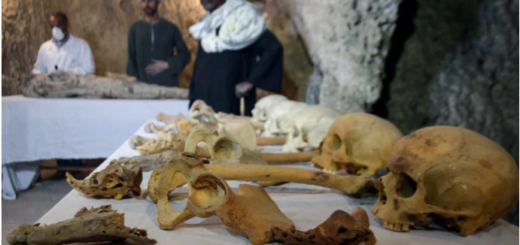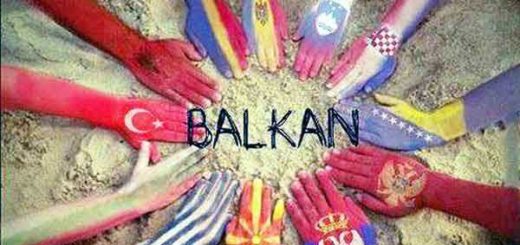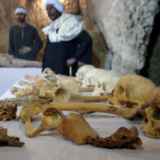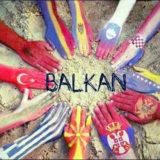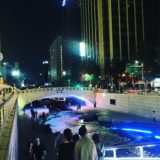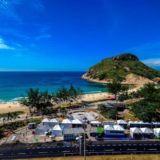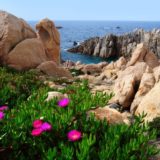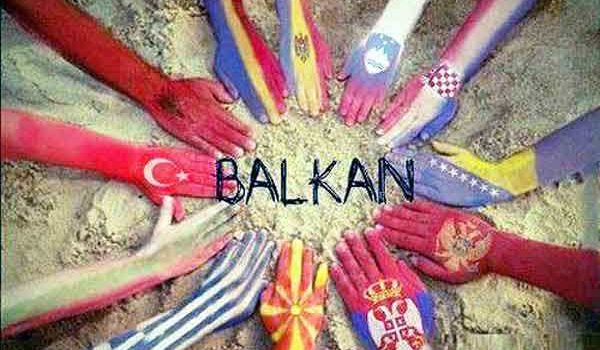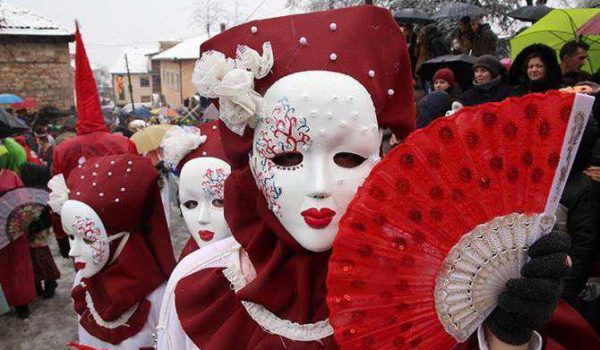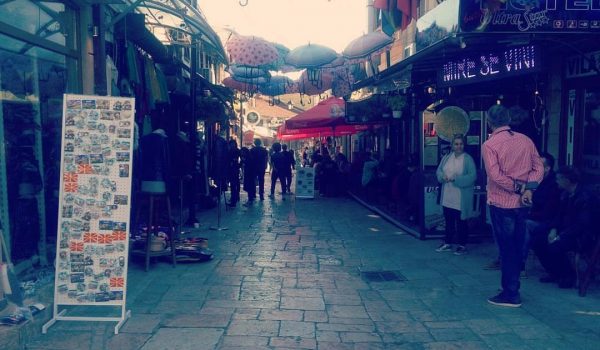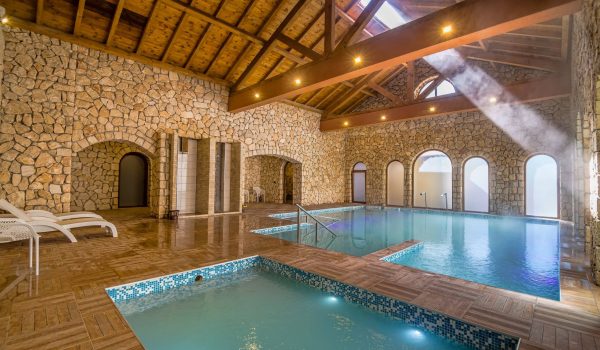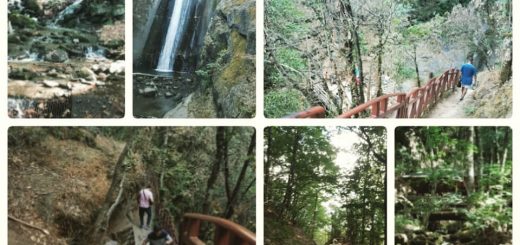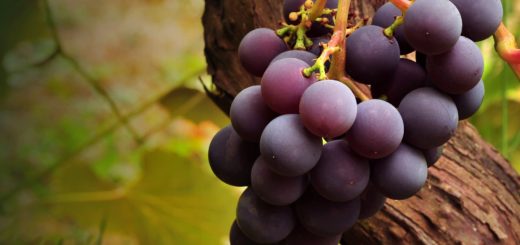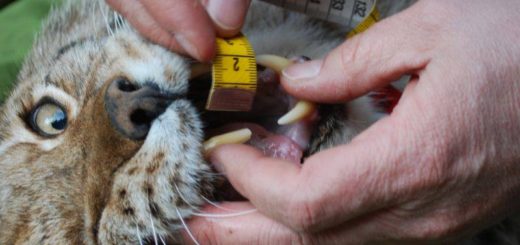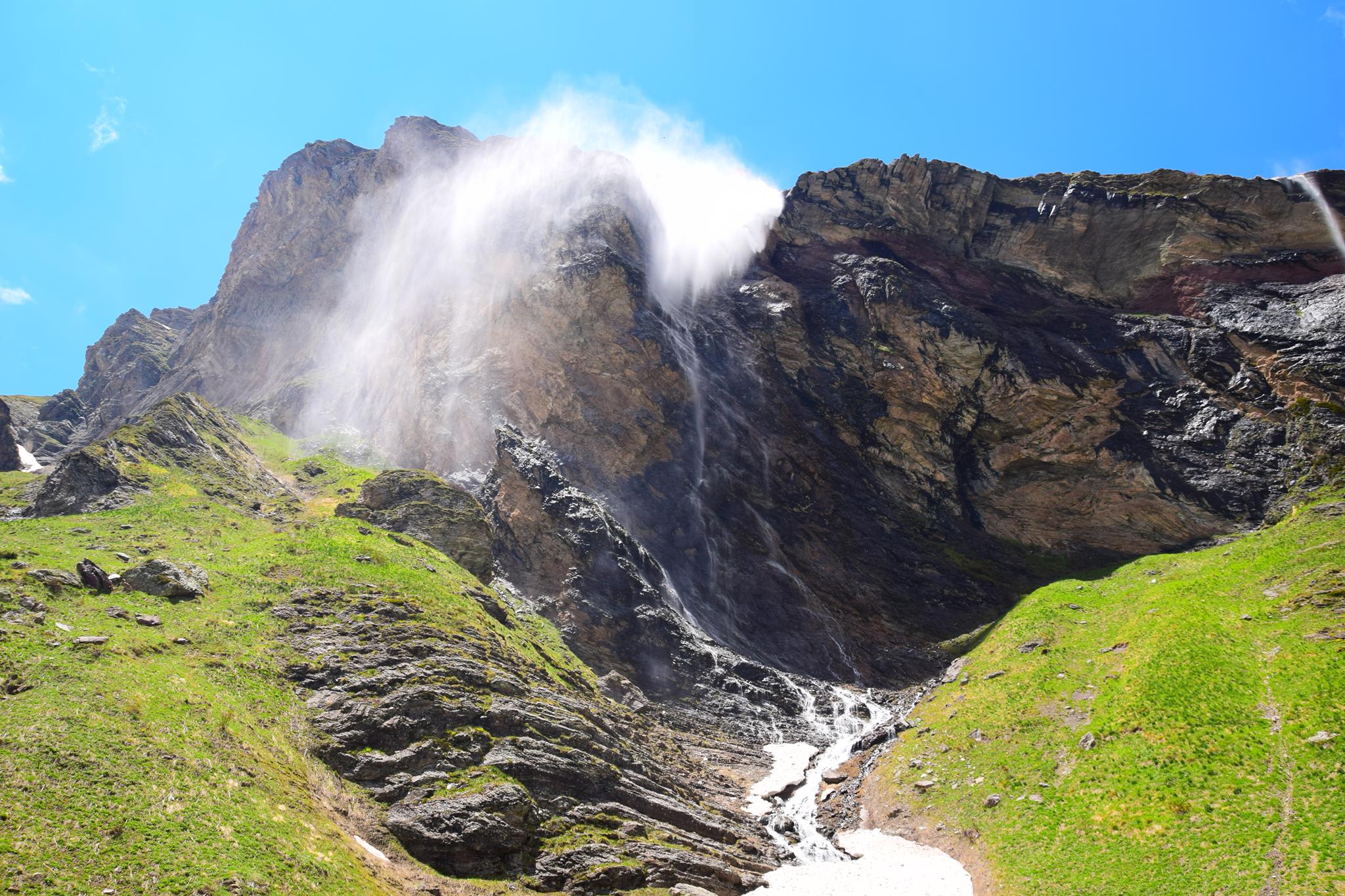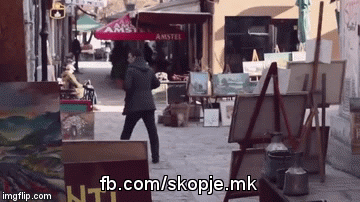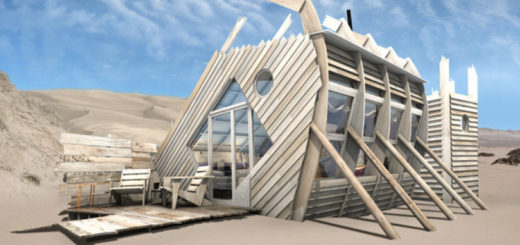Macedonian lodgings – oasis of peace
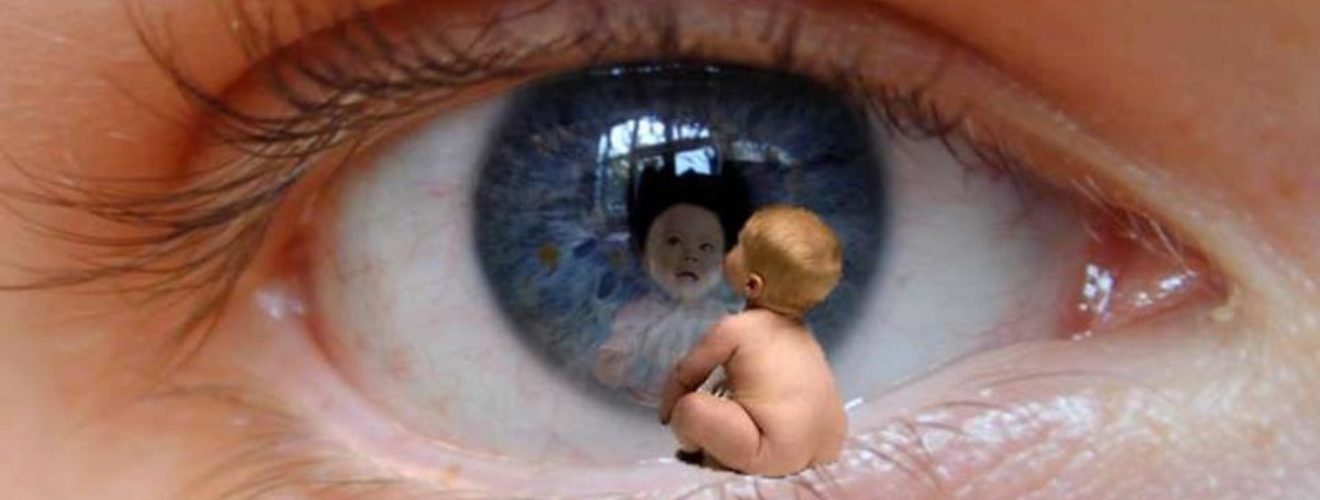
Almost all Macedonian monasteries have been built in the mountains bosoms at places difficult to access, in areas with wonderful natural beauties, surrounded by thick forests and wide meadows. Although monks have always wanted to be alone in their spiritual life, they have still opened the gates for the population from the surrounding villages, who have therein celebrated their religious holidays, their village religious holidays and sought comfort and salvation in difficult times.
The city of light
Because of the extraordinary touristic potential and the possibility to enjoy the peace, silence, and tranquility, many of the Macedonian monasteries are called oasis of peace. The estimations are that there are 155 preserved monasteries, while about hundred are half-ruined or don’t exist. Although the church tourism in the country is still in its germ, each year, more and more tourists from around the world decide to step on the monastery paths and get to know the Macedonian history and tradition, transfused in rare frescos, iconostasis, and engravings, made by eminent Macedonian groups.

Kaneo church
The womb of the Macedonian sanctuary ancient city Ohrid has 365 monasteries and churches. Because of its huge spirituality, it is not accidentally called “the City of Light”. The road of all travelers that come to visit this spiritual treasury always ends in the “St. Naum” monastery on the bank of Ohrid Lake, where the eternal home of the saint is located. There is something magnificent and unexplainably powerful in the ritual of kneeling by the tomb of the saint Naum, while you carefully place the ear on the tombstone and excited wait to hear the beat of the big heart with healing power. Although it is only a legend, rarely anyone doubts it, as probably there is no man that hasn’t thrown a coin in the wish well, in the middle of the churchyard. The holy place where the monastery was built gives peace and tranquility. It was not accidentally that Naum has chosen the rock overhanging Ohrid Lake for his spiritual peace.

Saint Naum
Here are mixed the waters of the springs from the Crn Drim River and the
clear waters of Ohrid lake. Over the monastery rises mountain Galicica with meadows filled with thick herbs. This place is as it was created for healing the ill. St. Naum has done that used the power to help the mentally ill, but also to develop monkhood, and together with St. Clement of Ohrid, continued the mission of the first Slavic Enlighteners, the brothers Sts. Cyril and Methodius. He died in 910, after which his body found its eternal peace in the tomb placed on the southern side of the church.
St. Naum in the 9th century has built the church “St. Archangels”, which was ruined in the Ottoman period. On the basis of the original church, between the 16th and the 17th century, the today’s church was built. Its frescoes were painted in XV and XVI century and the today’s frescoes in the period between 1800 to 1806 were painted by the icon-painter Trpo from Korca. The splendor of the painted cycles and scenes lists the church among the biggest monuments from the 18th and 19th century in Macedonia. Naum’s monastery and the church Sts. Archangels, as well as the monastery of Cement and church St. Panteleimon in Ohrid, are the first monuments of the Slavic church architecture and art in the region of Ohrid. The legend says that when St. Clement came to Ohrid, he has introduced the Glagolitic alphabet of the holy brothers Cyril and Methodius to the local people and he revealed to them the secret of building stone houses instead of the straw cottages where they used to live. For that purpose, he first built a church.
That was a St.Pantelejmon monastery, built on the hill above Ohrid. After his death, Clement was buried in the tomb that he himself prepared in his church on Plaoshnik. This, one-time center of the Ohrid School, from where the Slavic literacy, spirituality, and culture were spread, is considered by archaeologists to be one of the most important cities in the country. The monumental early Christian church was built and decorated in the 5th century, in the period when Lychnidos (today’s Ohrid), was an important center of bishops. It was built in a shape of a trefoil leaf, on the basis of an older ancient building. The arches of this temple were decorated with mosaics that had a golden basis. Near Plaoshnik, in 2002, the St. Clement temple was renewed and after 530 years the relics of the first Slavic Bishop and founder of the Macedonian Orthodox Church, St. Clement, were brought here. In the excavations in 1999, baptistery of a five-arc basilica, with swastikas on the mosaic floors dating from the period between the 4th and 6th century, was found. It is believed that this Early Christian basilica on which the monastery of Clement was built in the 9th century was dedicated to Apostle Paul.

St.Sofia
“St. Sofia” church is one of the biggest middle age churches, which for a long period of time was a synod church of the Ohrid Archiepiscopacy. It was built on the foundations of an old sacral building in the period after the big mission of Sts. Cyril and Methodius, when Macedonian Slavs have accepted Christianity in Slavic language. It probably served as the cathedral in the period of Tsar Samuil, who by the end of the 10th century, transferred his throne Center from Prespa in Ohrid. However, there are theses that in that period, in the same place, there was a church that for unknown reasons was ruined. There is no inscription for the period of construction of this church, but it is said that it was reconstructed during the period of Archbishop Lav, who from 1035 to 1056 headed the church throne. Lav was also a trustee of the painting decoration in the church and had a big influence on the way it looked. Later the Ottoman Turks have turned “St. Sofia” in a mosque and have drastically changed its look. The frescoes were painted with lime, the dome was ruined and a minaret was built. The paintings of this church are considered to be the zenith of the Middle Ages painting in Macedonia and wider. Here are the best-preserved pieces of Byzantine monumental painting. The outside shape of St. Sofia, which has for a long period of time been a synod church of Ohrid Archiepiscopacy, is in the shape of the letter ”T”. It was built of tiles, scale, and stone. Because of the acoustic features of the space, today important concerts are being held in the church. Sv. Bogorodica Perivlepta (Preslavna) church was built in 1295 by the Byzantine army leader Progon Zgur, a relative of Andronic II Paleolog.
After St. Sofia was transformed into a mosque, St. Bogorodica Perivlepta became a synod church of Ohrid Archiepiscopacy. Due to its exceptional architecture and frescoes, St. Bogorodica Perivlepta (Holly Mother of Good Perivlepta) is among the most important Middle-Ages monuments in the country. The frescoes in the church were made by the eminent Middle-Ages icon-painters- Mihailo and Evtihij. This wall painting provided the basis for a new style of Byzantine art-Renaissance of Paleoliths. The church was built in a shape of an embedded cross. The construction material that was used consisted mainly of tiles and scale, whose skillful lying provided a rare impression of harmony and polychrome, separating it from the other Byzantine and Macedonian monuments of the 13th century.

Built on a rock in the old part of Ohrid, above a former fishermen settlement, St. “John Theologian-Kaneo” captures you with its beauty, peace, and tranquility. This is the favorite place for the people that are in love, for the believers, but also for all the tourists in the City of Light, who come to rest in a place where the blue colors of the sky and the lake are joined. The church was built and painted at the end of the 13th century. This Middle-Ages monument is a successful combination of Byzantine and Armenian elements.

St.Zaum
Hidden on the Southeast side of Ohrid Lake, near the village Trpejca, the church “St. Zaum” is a real challenge for the visitors since it may be accessed only by boat. It was built in 1361, in a form of an embedded cross, with a central dome. The legend says that the Tsar’s daughter was visiting St. Naum monastery and by the time she should have gone back to Ohrid, big waves appeared in the lake. Even after the advice that she should wait for the waves to calm, she started her way back, but she hardly managed to save herself. At the place she was rescued, as a sign of gratitude and “for being reasonable in future” (“Za um” literally translation), the Tsar’s daughter has built this church.
In the Northeast part of Macedonia, near the city of Kriva Palanka, is located the monastery Saint Joachim Osogovski. It is located on the slopes of Osogovo mountain, surrounded by deep oak forest and separated from the city, offering peace and tranquility for the visitors. The monastery was founded in the 17th century. The big monastery church was made of hacked stone and was built by the famous constructor Andreja Damjanov with his group.


The church was painted between the end of the 19th century and the middle of the 20th century and dominant there is the composition “Baptizing of Christ”. Most of the frescoes were made by the famous frescos painter Dimitar Andonov Papradishki, assisted by icon-painter Petar Nikolov. Northeast of the big monastery church, there is a smaller church dedicated to the Birth of the Virgin Mary, built in the 14th century. Within the church, there is a spring of holly water with healing features. Besides the churches, the most important object is the three-storey lodgings and for the guests here traditional food is prepared.
Surrounded by the babbling Canyon of the Radika River, sunny mountain Bistra, Mavrovo lake and the magnificent mountain Korab, in the most picturesque part of Macedonia, monastery “St. John the Baptist” is located. It is called Bigorski (made of scale, literally translation) since it is made of stone scale. It is believed that the icons of the monastery have healing features for several illnesses, including
infertility. The monastery was founded in 1020, and then with the coming of the Ottoman Turks it was ruined and from all the objects only one small church was left. It was reconstructed in 1743 by monk Ilarion. It has one of the most famous iconostasis, work of xylographers Petre Filipovski-Garkata, from the village Gari and Makarija Frckovski from the village Galicnik. According to the beliefs of the monks of the previous century, the monastery was built by the monk John, the last head of the Ohrid church in Samuil’s state, at the place where a miraculous icon of “St. John Preteca” appeared. The magnificent icon of John the Baptizer, 980 years old, has the central place in the monastery. According to the legend, the icon came itself to the place where the monastery was built and was floating above the springs of the Radika River. It is told that the monastery was destroyed three times by the Ottoman Turks, and the icon always disappeared and was returned again. This monastery is composed of monastery church and complex of the monastery and guest lodgings. The monastery Middle-Ages church “Holly Mother Eleusa”, located in the village Veljusa, near Strumica, has an important place in the church and cultural history of the Southeast part of Macedonia. It is a women’s convent, dedicated to the holiday of Presentation of the Mother of God to the Temple, celebrated in December. The preserved inscriptions point out that the church was built in 1080.

“Holly Mother Merciful” is important because of the originally preserved architecture, paintings, mosaic floor and marble iconostasis. The fascinating church “St. Pantelejmon” in Veles was built in 1840. The history of Balkan architecture defines it as the most splendid art of Renaissance, and with the area of 810 square meters, it is considered to be one of the biggest churches built in that period. In the city of Skopje and its surroundings, there are plenty of religious objects worth to be visited, such as the church “St. Pantelejmon”, located in the village Gorno Nerezi. It was built in 1164 during the rule of the Byzantine dynasty of Comnens. The paintings in the church are considered to be one of the most important monuments of the Byzantine art. Here are the famous compositions of frescoes: “The Birth of the Mother of God”, “Lamentation of Christ” and “The Entry into Jerusalem”. There is a wonderful view of the capital from the church’s yard. In the valley of the Marko River, near the village, Sushica has located Markov Monastery, whose construction was started by the king Volkashin. The construction started in 1345 and was completed and painted by his son, King Marco in 1371. At the beginning of the 19th century, the famous literary Kiril Pejcinovic stayed there.
The monastery of Marco is composed of several buildings located in a circle around the church. There are lodgings and an old dining room, which is especially interesting for the visitors. The most picturesque monasteries are located in the gorge of the Treska River. Hidden among the steep and high rocks, at the bank of Lake Matka is the breath-taking monastery “St. Andrew”, built by the second son of the king Volkashin, Andrew, in the period 1388-89. In the Old Bazaar in Skopje is the church “St. Spas”, built after the fire in Skopje by the Austrian army leader Piccolomini in 1689. It is famous for its iconostasis, the deep engraving, made between 1819 to 1824 by the Mijak masters. The decoration is graceful, in the spirit of baroque, with different ornaments and motifs. The church is the home of the relics of the Macedonian revolutionary Goce Delcev. Above the picturesque Prespa village, Kurbinovo is the oldest church in the region of Prespa -“St. George”. Located on a highland it offers a unique view of almost the whole Prespa Lake and the island Big City. This 12th-century monument is a real precious stone of the Byzantine wall painting of that period. The church was built in 1191 and its frescoes were painted by five unknown masters from Kostoria.
This church was built in the same period when the churches “St. Pantelejmon” in Nerezi and “St. Vraca” in Kostoria were built. On the slopes of the mountain Osogovo, the monastery of Lesnovo was built. Its lodgings were built in the 19th century, and the church was built in the 14th century. The despot Oliver built the church “St. Archangel Michael” in 1341, on the foundations of an older basilica that
existed during the time of the eremite Gavril from Lesnovo, who in XI century started living in Lesnovo wood and founded the monastery. From the graceful painting, which even today enchants you with its beauty, one may mention the presentations of “Archangel Michael”, compositions of the life of Christ and the Saints, illustrations of David psalms. The iconostasis, which in 1814 was made by Petre Filipovski Garkata, is considered as the first work of the Mijaks xylographic school. Monastery “Treskavec” is located 10km from Prilep, among the rocks of Zlatovrv, at a height of 1.280 meters. This place offers a unique view of Pelagonija, Kajmakcalan and Pelister. The monastery complex is composed of the church “Dormition of the Virgin Marry” and impressive lodgings, often visited by numerous guests from the country and abroad.
The church “Dormition of the Virgin” was built in the 13th century, and the oldest frescos date back from a century later. The monastery was ruined during history, but was reconstructed in the 16th century. Of the numerous Islamic objects, interesting to mention is the Jaja Pasha mosque in Skopje, characteristic for the size of its minaret, 50 meter high. The mosque was built by Jaja Pasha in 1504. At the top of the minaret, there are crescent moon and star made of gold. East of the main entry of the Skopje fortress is the Mustafa Pasha mosque, which is recognizable by its narrow and high minaret and the impressive dome. It was built in 1492 by Mustafa Pasha, who was an eminent person in the Ottoman kingdom. The impressive Mustafa Pasha mosque in Skopje is considered to be one of the most beautiful mosques in the country. At the south part of the mosque there is a beautifully made sarcophagus, believed to mark the tomb of Umi, one of Mustafa Pasha’s daughters.
One of the most interesting monuments of the Islamic sacral objects is the Colorful mosque in Tetovo. Its original name was Aladza (textile colorful cotton, literally translation), and in the 19th century it was named Pasha-mosque, after the renovator Abdurahman Pasha, Ottoman feudal master and Governor of the Tetovo region at the time, who also built the Fortress on Baltepe. The original Colorful mosque was built in 1495 and had the function of an Islamic synod temple. It was reconstructed between the 16th and the end of the 17th century, when it was completely burnt in a big fire in the city. The numerous paintings, ornaments and painting techniques of the most famous masters are rarities that include this mosque in the anthologies of Islamic architecture. Jeni mosque in the centre of Bitola was built in 1558 by Sir Kadi Mahmud, over a Christian church devoted to St. George. The inside of the object is filled with fresco-decoration with rare landscapes of the 18th century, deep engravings on the wooden doors and decorative plastics in form of stalactites. Today it is used as an art gallery.
Daniela Trpchevska/published by Ministry of economy


